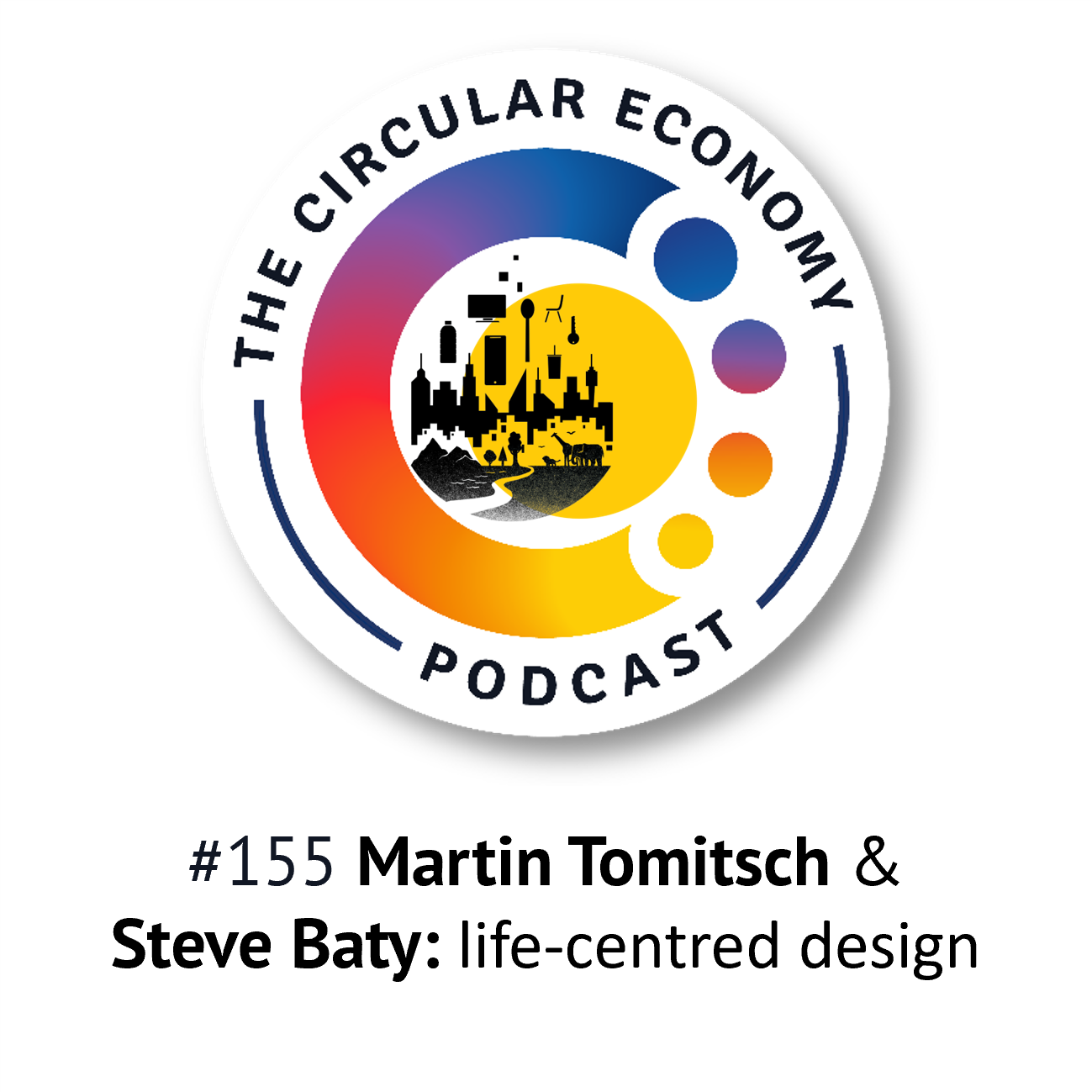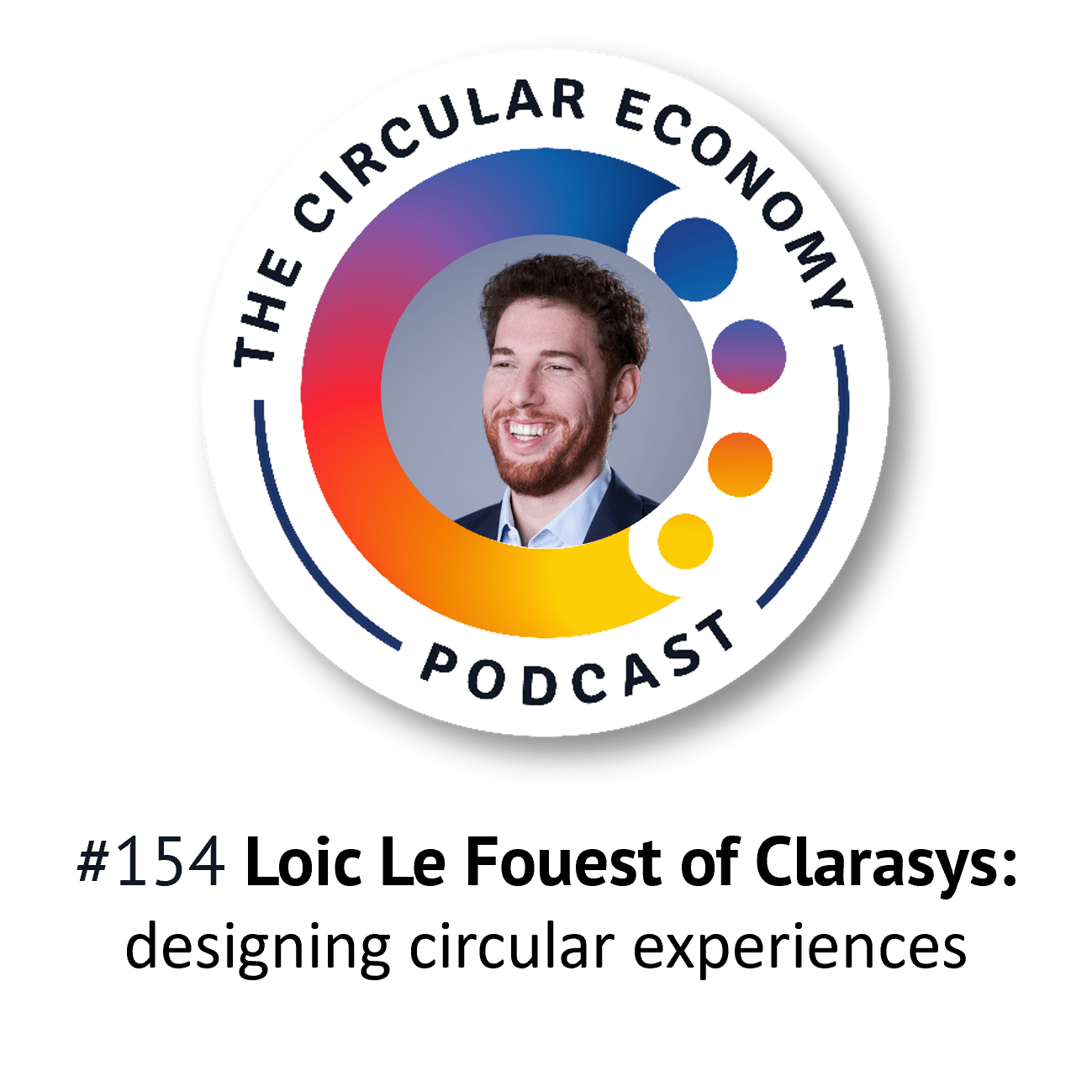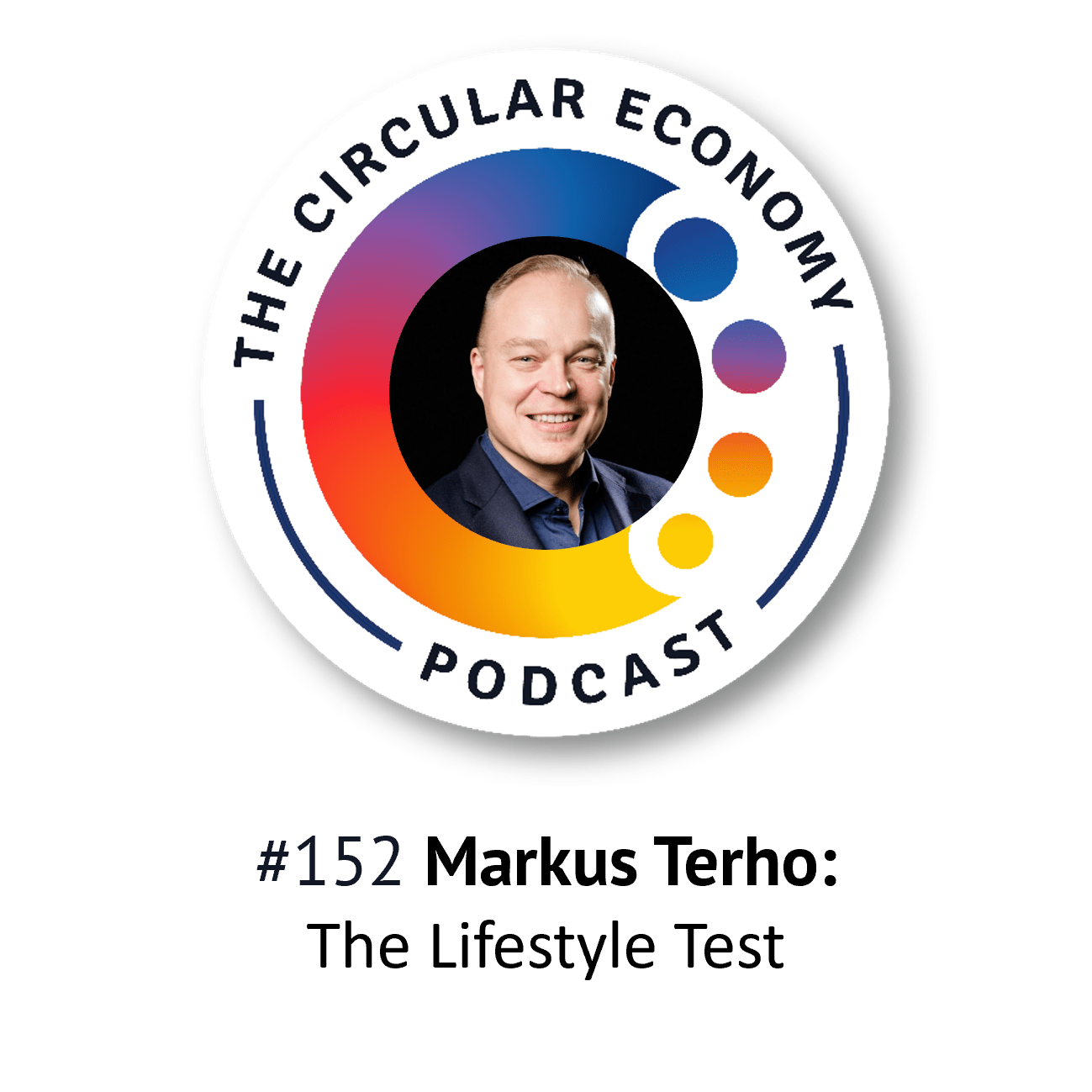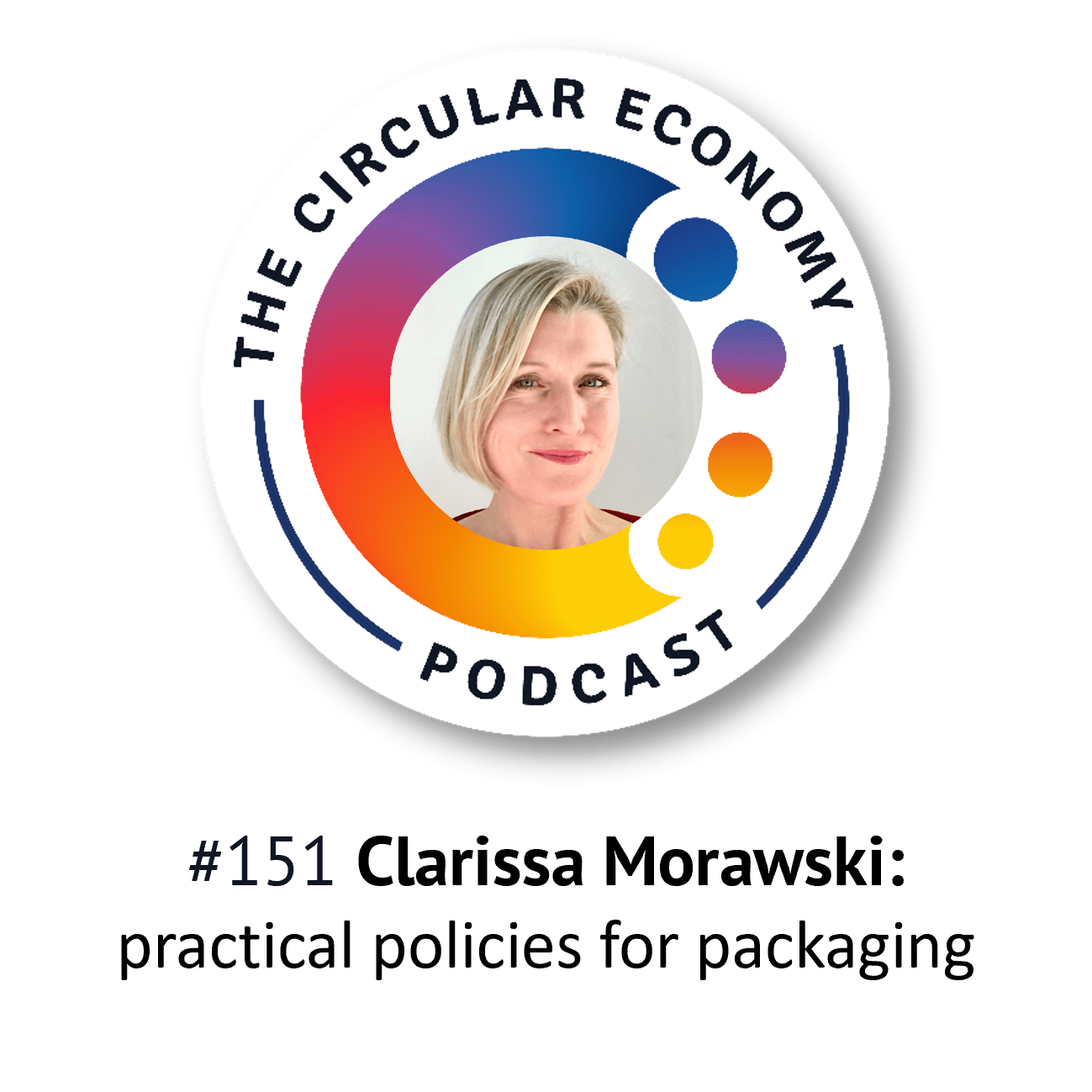Are you struggling with circular economy scepticism?
In the face of the global risks and challenges we’re up against, are you optimistic? Or are you feeling despondent about our future?
Are you working out how to stay ‘in the game’ in the face of the global risks we face, using circular economy approaches to build a better business (and a better world)?
… Or are you sticking with ‘business as usual’?
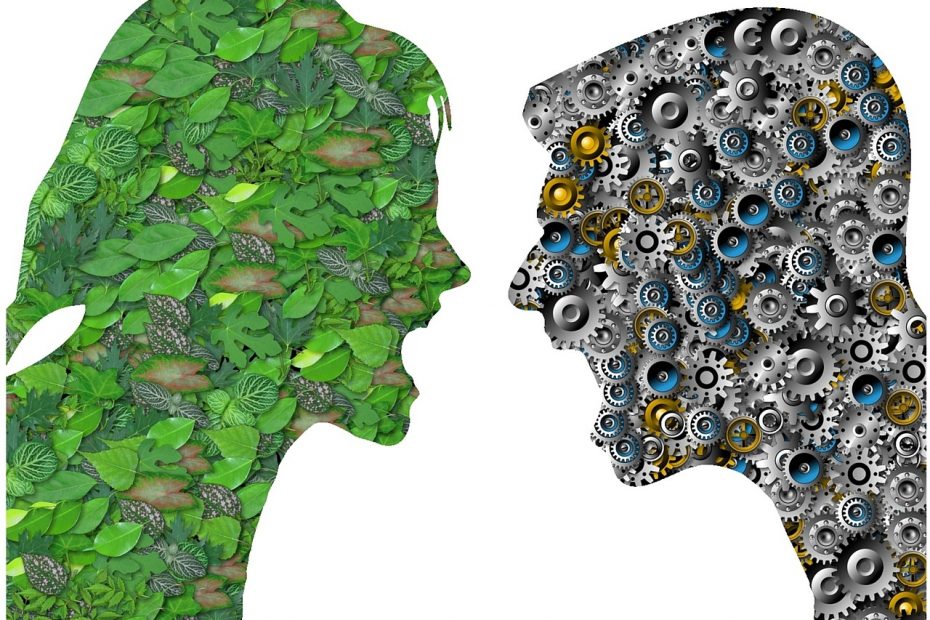
5 minute read
Why are we stuck?
Climate change, biodiversity loss, forest fires and weather-related disasters are in the news pretty much every day.
A few governments and even some businesses have declared ‘climate emergencies’, and yet many intelligent, well-informed people are still insisting that climate change either isn’t real or isn’t human-caused. Alternatively, they blame other nations as the major causes of waste, pollution, deforestation and so on, concluding that it’s someone else’s responsibility to change.
Have you wondered why people aren’t ‘getting’ it? Do you feel like you’re banging your head against a wall? You’ve tried everything to convince them, but they just keep coming up with more reasons why the science might be wrong/it’s a conspiracy theory/it’s up to some other country/organisation/family to make the biggest changes.
It feels like we’re stuck.
So what’s causing the inertia, the blockage – our unwillingness to accept the problem and make big changes? I’m wondering if we’re all suffering from cognitive dissonance…
So what’s cognitive dissonance?
Let me explain. Cognitive dissonance, a psychology term, has been around since the 1950’s when Leon Festinger came up with a theory that people try to maintain a kind of internal ‘consistency’ of attitudes, beliefs and behaviours. When we try to hold two beliefs, attitudes or behaviours that are inconsistent with each other, we feel mental discomfort. That discomfort is cognitive dissonance. Since then, numerous studies have proved Festinger’s theory, and developed the idea further. Today, psychologists know that cognitive dissonance in everyday life can motivate people to take action. But what kind of action? Well, that depends.
Before we go any further, let’s think about an example. Festinger’s classic example of cognitive dissonance was people smoking whilst knowing that smoking causes cancer. If the discomfort is high enough, people may either choose to change their behaviour or to undermine (alter) one of their beliefs. They might quit smoking – or they might convince themselves that “smoking isn’t that risky”, or “my Dad smoked more than me, and he lived until he was 75”. Alternatively, they can reduce or ignore the discomfort, telling themselves that “I enjoy smoking, and I don’t care if it’s bad for me.”
Cognitive dissonance, sustainability and circular economy scepticism
But wait – what’s this got to do with sustainability, global risks and climate change? My theory is this: deep down, most people know that those of us in industrialised societies are all playing our part in wrecking our planet. We’re using up finite resources, causing deforestation and water scarcity, and overloading living systems with chemicals, pollution and waste. Not forgetting the continued emissions of carbon and other greenhouse gases into our atmosphere.
So our conflicting beliefs might be versions of these statements:
- “Our consumer society and ‘take, make, waste’ approach is destroying the living planet we all depend on.”
- “Caring, intelligent people don’t destroy the livelihoods and health of fellow beings”
- “I am a caring, intelligent person.”
Ultimately, our desire for consonance (the opposite of dissonance) is powerful. So, often subconsciously, we find ways to criticise, distort or dismiss evidence that doesn’t fit our views. The result is that we can maintain (or even strengthen) our existing beliefs. At this point, you realise that’s a big part of why we’re stuck.
From circular economy scepticism to positive solutions
So how do we unlock the problem? We can resolve this dissonance, or conflict, by first recognising the dissonance itself, and then changing (or reducing the importance) the problematic attitudes, behaviours, beliefs, etc. One way of doing this is by seeking out new, and better information – and that should appeal to caring, intelligent people.
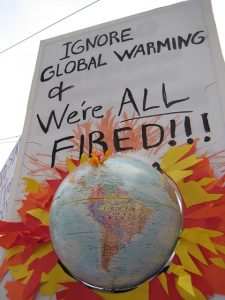 Perhaps this is already starting to happen – for you, your family and friends, and maybe for your colleagues? Are you noticing that people are more open to talking about the enormity of the problem, and the need for action? I’m excited that Youth4Climate and Extinction Rebellion are amplifying the voices of long-standing campaigners. In addition, more businesses and investors see renewable, circular economies as the future. They’re getting out of investments in fossil fuels and similar potentially ‘stranded assets’ (assets that risk having little future value). Why are they divesting? The Grantham Research Institute highlights several factors, including new government regulations (like carbon pricing); a shift towards renewable energy because of lower energy costs), or even legal action.
Perhaps this is already starting to happen – for you, your family and friends, and maybe for your colleagues? Are you noticing that people are more open to talking about the enormity of the problem, and the need for action? I’m excited that Youth4Climate and Extinction Rebellion are amplifying the voices of long-standing campaigners. In addition, more businesses and investors see renewable, circular economies as the future. They’re getting out of investments in fossil fuels and similar potentially ‘stranded assets’ (assets that risk having little future value). Why are they divesting? The Grantham Research Institute highlights several factors, including new government regulations (like carbon pricing); a shift towards renewable energy because of lower energy costs), or even legal action.
It sounds good, doesn’t it? And if pension funds, investors and businesses are thinking about system-level changes, what does that tell us?
‘Business as usual’ is a big risk!
Let’s be clear: sticking with ‘business as usual’ (take, make and waste – the linear economy) could leave your business stranded. Your business risks being locked-in to a dysfunctional business model, outdated products and services, and unsustainable resources. In the meantime, your competitors and disruptive start-ups are using the circular economy to build competitive, resilient and sustainable businesses.
Before you realise it, your organisation is irrelevant.
Survive and thrive
What next? Could you focus on circular economy approaches, nudging the conversation towards solutions and positive future visions? You could bridge the gap between problem and solutions by helping people think about how to build a better world. We can talk about the positives, rather than ‘less of this’ and ‘no more of that’. For example, enjoying exploring the local countryside and ‘staycations’, instead of ‘less flying’. Or eating healthy, nutritious, seasonal and ethical food instead of ‘less meat’.
Similarly, in business conversations, you could tap into existing issues and concerns.
- For starters, are there worries about rising or volatile costs of under-pressure resources? You could suggest looking at renewable or recycled alternatives.
- Also, are people annoyed about the cost and difficulty of waste disposal? You could think about ways to refine the waste for reuse. Or, to convert into valuable new by-products and co-products.
- Perhaps you doubt the value of marketing, feeling that you are having to spend ever-more money in a crowded marketplace, just to stand still? Could circular solutions build stronger connections with your customers and users, improving brand loyalty and gaining insights into your business? For example, by developing services, performance contracts, pay-per-use and so on.
- Maybe there are worries about business growth, reliant on expensive new product development and ‘planned obsolescence’? Could you introduce ideas for modular designs, allowing easy upgrades and repairs? This could open up new services and partnerships with specialist repairers.
- Finally, are there opportunities to support sales of pre-used products, perhaps into new markets overseas? Could this reduce the lifecycle costs for your original customers, and at the same time grow your market share? Reaching those who aspire to buy your brand, but struggle to afford a new model, could open up healthy new markets.
Circular economy = resilient, competitive, sustainable business
If you’ve been reading What is a Circular Economy, our blogs and listening to the Circular Economy Podcast, you’ll know that we believe the circular economy is the best tool we have for resilient, competitive, sustainable business.
“Be part of the solution, not part of the problem, and you can sleep at night”
Yvonne Chouinard, Founder, Patagonia Inc.
Here’s the simple logic: the circular economy creates better systems, keeping products, components and resources in circulation, aiming for abundance instead of scarcity and waste.
- By focusing on use, access and services instead of ownership, it gets better utilisation out of materials and equipment – optimising the productivity of resources.
- Choosing sustainable materials (either recycled or renewable in the product’s lifetime) that are safe for humans and other living systems. Selecting materials that can be recycled into new products or other ‘nutrients’ helps secure your future supplies.
- Designing products to be repaired, remade and eventually recycled can create new, local jobs, as well as improving the lifecycle cost-benefits.
- Designing systems to ensure that ‘waste=food’ is more efficient, and can create new by-products and revenue streams too.
You can dig a bit deeper into the benefits in my recent blog, 7 reasons why the circular economy is better for your business
It all boils down to this. Organisations that collaborate, design for ‘emotional, social and industrial durability’[i], and think differently will survive and thrive. How about setting a bold mission for your organisation – we like this one, created by the late Ray Anderson, founder of carpet company Interface:
“To take nothing, waste nothing, do no harm, and do well by doing good, at the expense not of the planet but of less alert competitors.”
Solutions, creativity and courage
What will you do? How will you overcome circular economy scepticism?
Are you a leader, responding to these global risks and this climate emergency with creativity and courage?
Or will you be seen as a laggard, with your head in the sand, clinging onto convenient views?
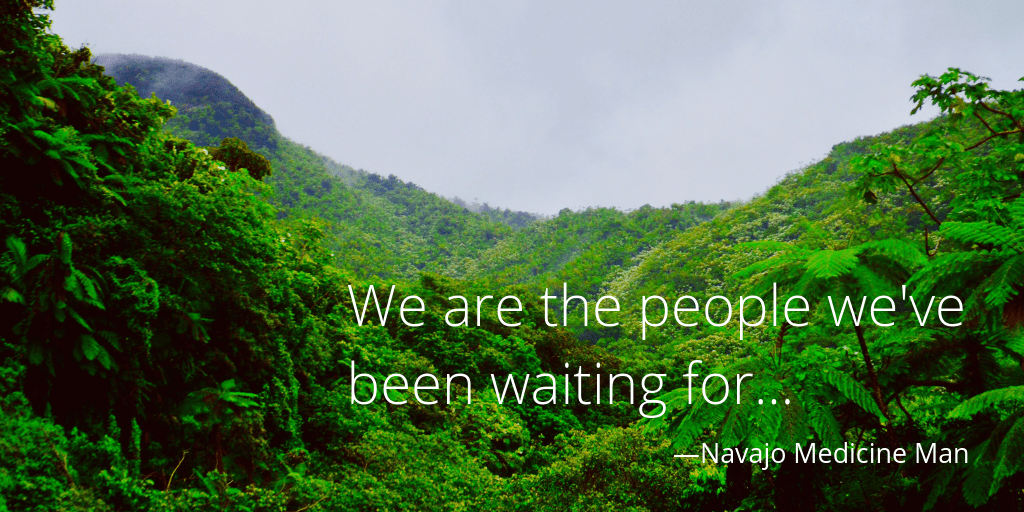
Will your business be future-fit? Or ‘stranded’?
We think the circular economy is the best tool we have for profitable, resilient and sustainable business. We encourage you to start ‘circular conversations’ and bridge the gap between ‘business as usual’ and a bright, sustainable future!
To find out more about the circular economy, why not listen to Episode 1 of the Circular Economy Podcast, read our guide: What is the Circular Economy, or buy A Circular Economy Handbook for Business and Supply Chains.
You can also sign up for the latest episode and insights, straight to your inbox…
